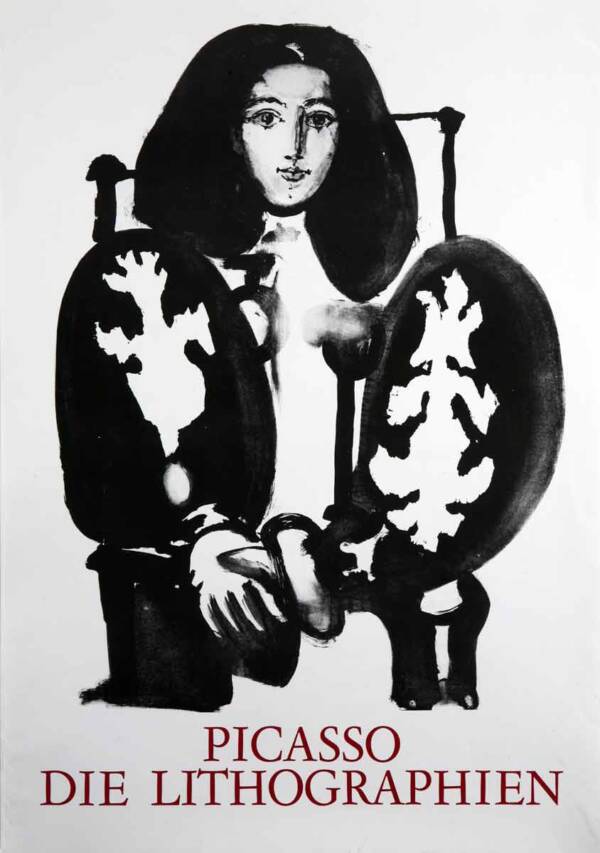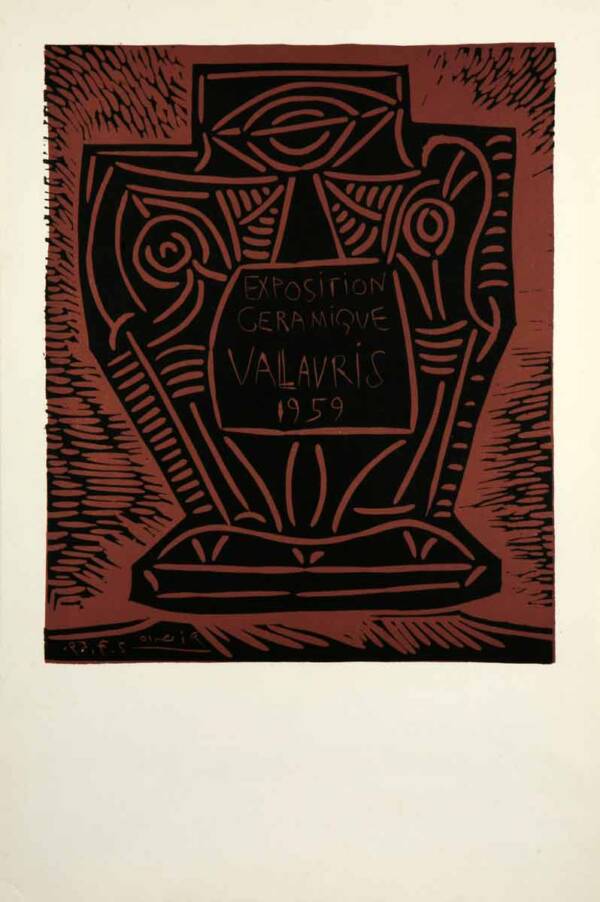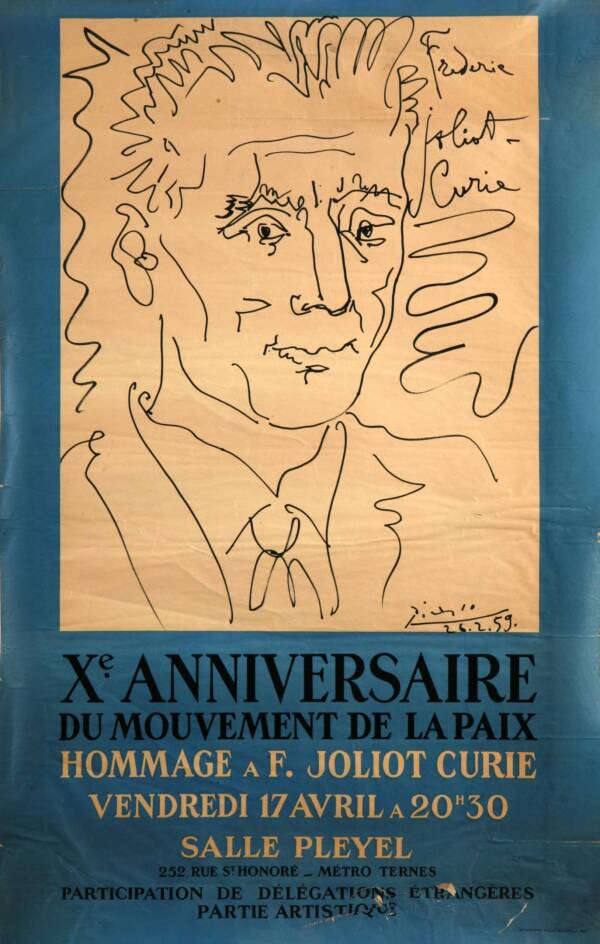Descripción
This pastel was drawn by Picasso in Jean-les-Pins in September 1920. It was part of the Marie Cuttoli – Henri Laugier Collection in Paris.
Neither this poster nor its motif have been reproduced in other posters.
His wife Olga began to show her pregnancy. The first serious disagreements between the couple also arose, according to Picasso’s diary through his works. In this case it is “[…] a classical and brutal theme. Five drawings, a wash and a watercolour show the centaur Nesseus raping Deianira, the beloved of Hercules. In contemporary tempera on panel, “The Abduction” depicts a warrior tearing a woman from the body of another warrior […] If we compare this sexual vehemence with the canvases in which Picasso seems to mix Olga’s anguish […], one gets the impression that he has entered a period of intimate tensions.”
Jean-les-Pins, with its beautiful bay, its pine forests and its casino, lived its heyday between 1920 and 1930. In this seaside resort, Picasso was invaded by “a nostalgia for the sun and the sea […] a vision emerges which is fixed in all its splendour. […]. With the awareness of the seen object penetrating him as he contemplates a landscape, the most familiar theme of the seaside, that of bathers, is obligatory.” In creating this vision, neoclassical and neo-Cubist styles intersect, “sometimes wavering between the appearance of a classical statue and that of a robot with poorly polished wooden arms.”
Picasso produced twelve works of bathers. In this pastel, the bodies of three women are seen in the foreground, and in the background another woman who begins to swim. This last woman is an unusually proportioned female figure with a very small head in comparison to the size of her body. Picasso wanted to capture movement and also shift the point of focus, thus merging time and space.



